READY TO GET STARTED?
REQUEST A FREE ESTIMATE
Fill out the form below or call (888) 466-7849 for a free, no-obligation estimate.

Thanksgiving is a time to reflect on the things we are thankful for. Many people are thankful for life, health, family, and friends. Whatever you are thankful for this season, pest control probably isn’t very high on the list. What you may not realize is that there are several very important reasons to be thankful for this service. Here are five reasons to be thankful for pest control this holiday season.
Routine pest control provides scheduled service throughout the year. This allows your service technician the opportunity to provide ongoing treatment for existing issues and regular inspections to help catch new problems early, before they manifest to serious infestations. This helps shift the focus of your pest control service from treatment to prevention, helping to save you from costly treatments and repairs in the future.
Routine pest control provides many opportunities to improve the health of both your family and your home. Pests offer a wide range of hazards to your family’s health and safety. Venomous spiders and ants can cause painful bites; rodents and other wildlife can leave droppings that can contaminate your food and household surfaces; cockroaches can exacerbate allergies and asthma. Routine pest control can help eliminate all of these threats, as well as provide you with stress and anxiety relief knowing that your home is protected.
Pests can cause serious damage to the structure of your home, decreasing its value and costing significant amounts of money in repairs and treatments. Rodents and other wildlife can chew through walls, wires, drywall, and even roofs, damaging them and increasing the risk of fires. Termites can eat through wood undetected for years before their damage is realized. Rodents and roaches can contaminate food, costing you money by having to throw it out and replace it. A routine pest control program can help catch these pest issues early and keep them from getting out of control.
Pest control used to mean harsh chemicals that were dangerous for your small children or pets. Nowadays there are green pest control options that are eco-friendly and safe for use anywhere in and around your home while still remaining effective against pests. The active ingredients in a green pest control service are derived from flowers, plants, and other natural elements from the earth and are safe for both children and pets.
Most pest control programs offer a service guarantee. Routine pest control visits are scheduled so that problems can be identified and remedied at that time. The service guarantee allows the technician to come back in between scheduled visits for any issues that arise at no additional cost to you.
As you can see, there are many reasons to be thankful for pest control. If you suspect you have a pest problem or you want to stay ahead of the pests before they take over, contact a professional pest control company who can thoroughly evaluate your home and provide you with the treatment and prevention options needed to make you thankful this season.
Cold Weather Sends Roaches Indoors: 5 Tips to Prevent Them This Winter
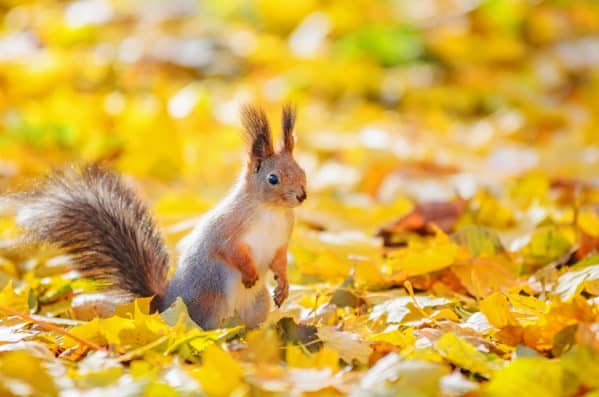
Cooler weather is finally here! Time for sweaters, boots, and cozy nights inside. While you and your family are spending more time inside, pests are looking to wait out the cold in your home as well. Here are a few tips you can use now before you end up with overwintering pests that overstay their welcome.
With these tips you will hopefully be able to enjoy your holidays pest free. If you have an issue with pest invasions, reach out to your local pest control company to schedule an inspection.
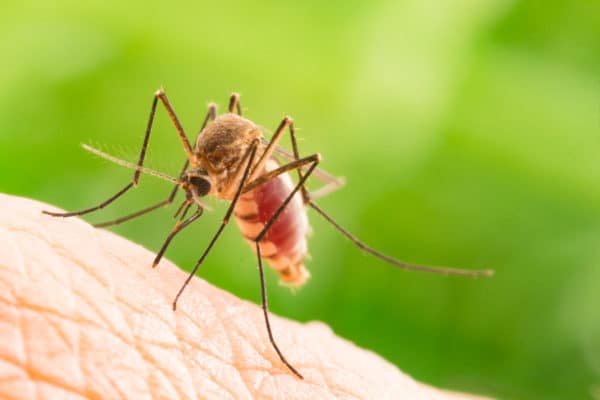
Even with cold weather on the way, mosquitoes will stay active through the fall months. It is important to continue to take precautions when outdoors and be wary of breeding sites around your home. Doing so will cut down on mosquito populations and the spread of mosquito-borne diseases like Eastern Equine Encephalitis, a disease that has had 20 human cases in 2019 in the United States.
Eastern Equine Encephalitis (EEE) is rare, but it can be life-threatening. There are two types of illnesses caused by EEE: systemic and encephalitic, with the latter being the most serious. The symptoms after a bite are flu-like including chills, fever, and pain in joints. However, if encephalitic, the symptoms can escalate to vomiting and convulsions. There have been cases recorded in Massachusetts, Michigan, New Jersey, North Carolina, Rhode Island, and Connecticut.
During mosquito season, look to use these tips to cut down on mosquito encounters:
Contracting this disease is rare, but by taking these precautions you can help further protect you and your family from mosquitoes and their bites. Click here for more information on EEE cases in the United States.
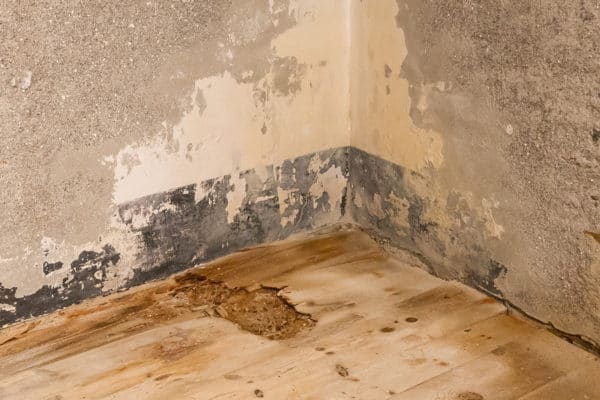
It’s October! Time for all things pumpkin, fall decorations, and staying in to enjoy your home. A potential drawback: the South, unfortunately, does not have instant cooler weather. With temperatures teetering between 85 and 90 degrees, your home might be battling moisture issues and pest invasions in your crawlspace throughout the month. Let’s look at what problems could arise and how investing in crawlspace solutions could help!
Excessive moisture and warm weather work together to create the perfect environment for pests. In addition, your home’s crawlspace is the ideal entry point for pests to enter and invade your home. (Think termites, cockroaches, ants, earwigs, and millipedes)
Along with pests, the high humidity also contributes to conditions suitable for mold growth and wood rot. This can cause severe health issues for members of your home that suffer from asthma and allergies.
Investing in the sealing of your home’s crawlspace won’t just help with cutting down on moisture issues; it can also improve the air quality of your home for you and your family. Acting as a natural pest control barrier, you can get back to enjoying those fall nights indoors and not worrying about what could be taking over your crawlspace.
Interested in crawlspace solutions for your home? Call your local crawlspace care provider to schedule an inspection for your home.

As temperatures start to cool off, panic can overtake pests who need to seek out shelter from the impending cold weather. They will often, unfortunately, set their sights on your warm, cozy home. Here are a few of the most common overwintering pests and what you can do to prevent them.
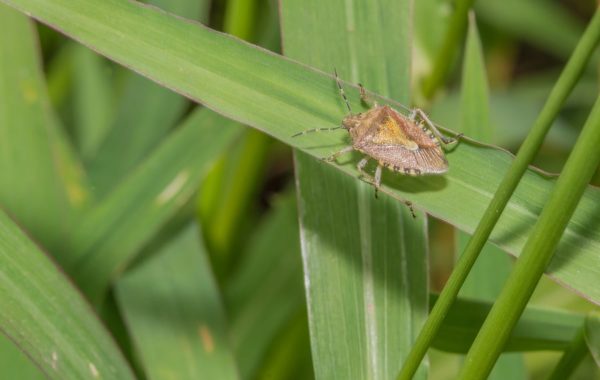
Stink bugs flock to homes in large numbers during the fall. They position themselves on the side of your home that receives the most sunlight in an attempt to keep warm. A thorough inspection for possible entry points is key in prevention of an invasion.
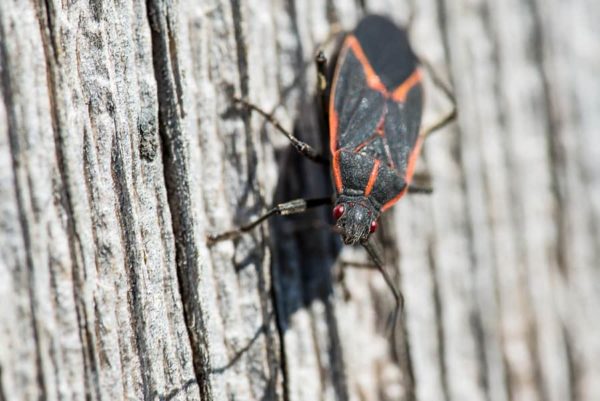
Boxelder bugs are one of the more aggressive species of overwintering pests. Like the stink bug, they will make use of the sunny side of your home and cars. They will utilize openings they find and gather by the hundreds. Crushing these pests is not recommended as their remains can attract carpet beetles. Vacuuming should be used to remove them from the home.
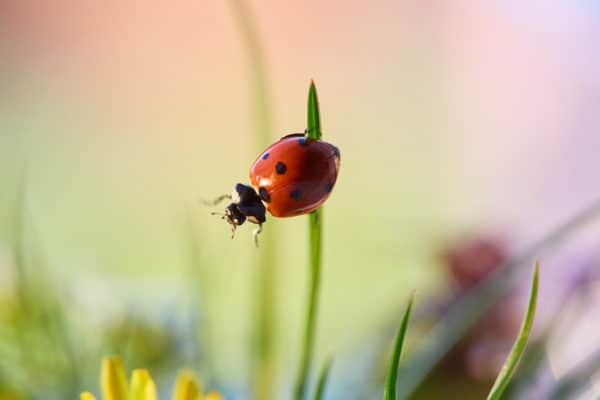
As universally adored as they are, lady bugs are an overwintering pest that can take over your home in a matter of days. They utilize windows and door openings to enter; therefore, checking and replacing weather-stripping and sealing with silicone-based caulk can help keep them out before fall starts.
If you have an issue with overwintering pests, reach out to your local pest control company to schedule an inspection.